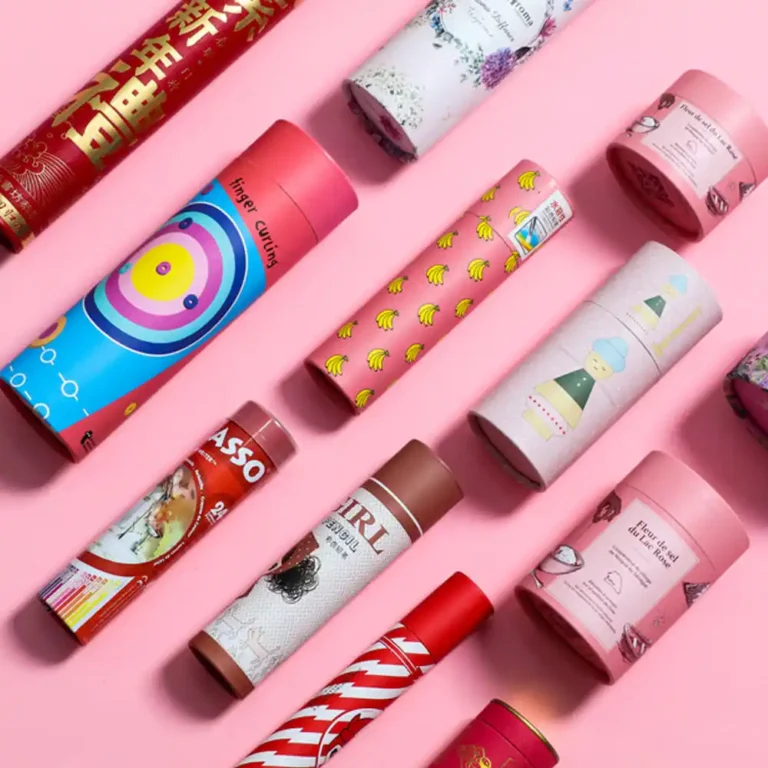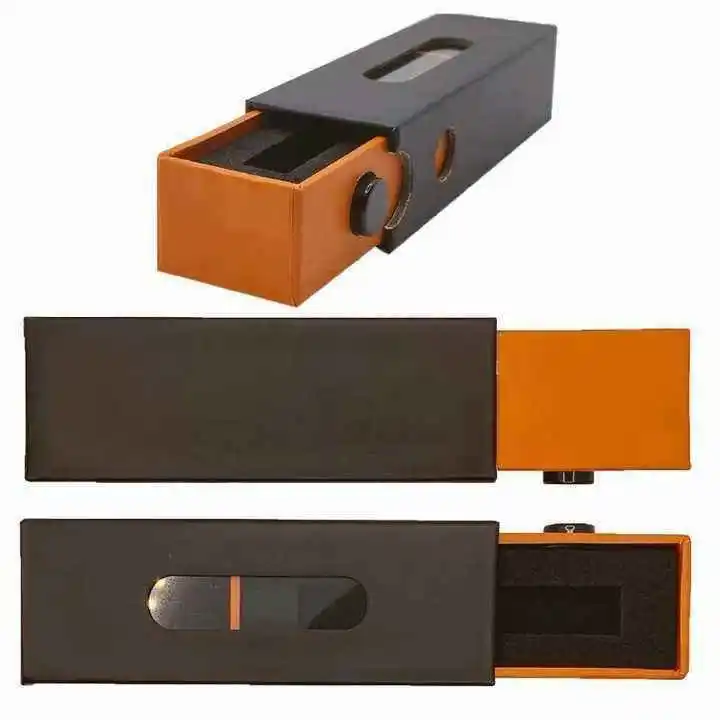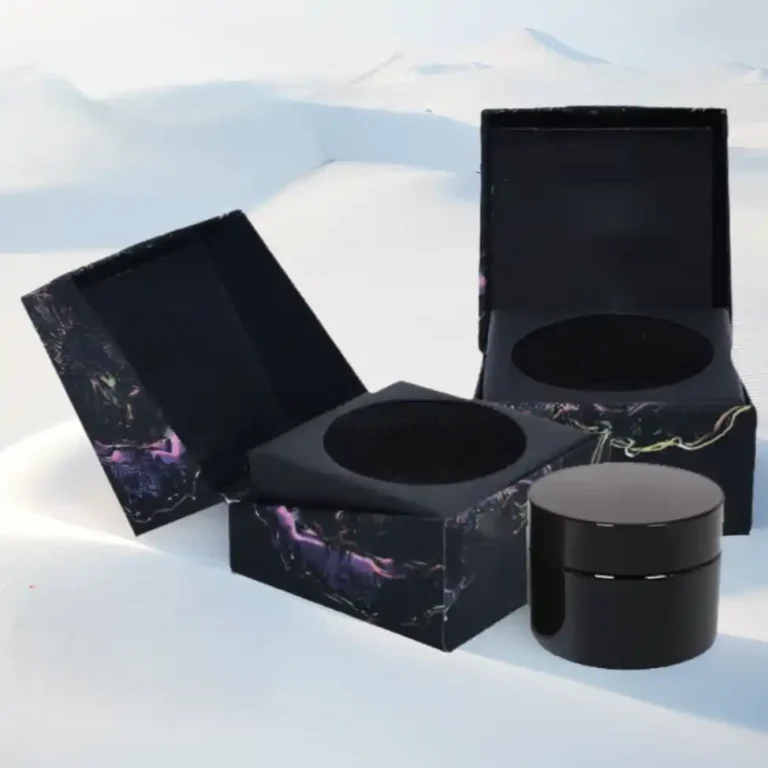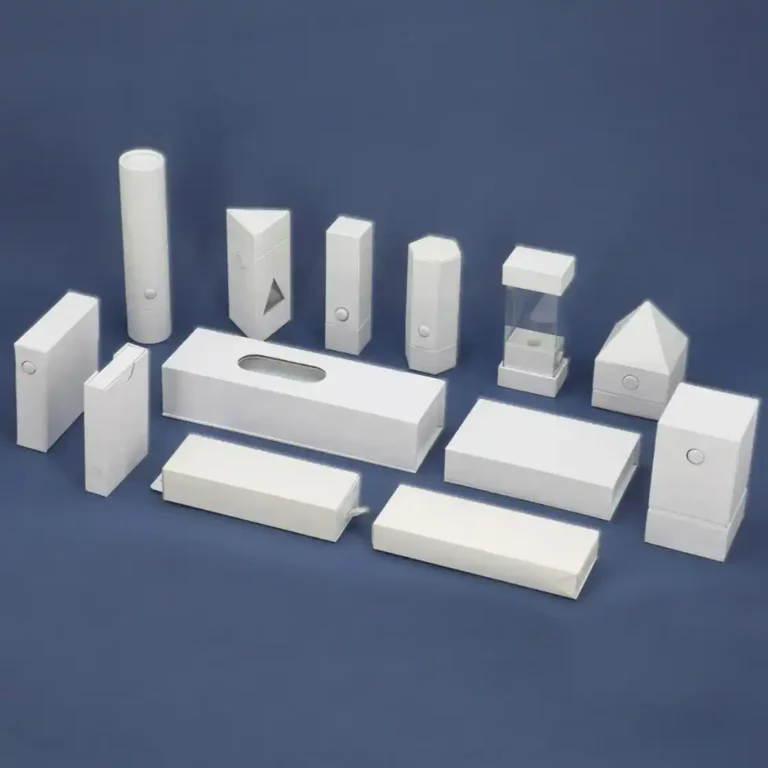Emballage écologique : L'essor des tubes en papier pour compléments alimentaires
Si j'étais votre pack de suppléments, je me redresserais, je tapoterais mon col kraft et je dirais : "Je ne suis pas un simple cylindre, je suis la première poignée de main de votre marque avec le bien-être : Je ne suis pas qu'un simple cylindre, je suis la première poignée de main de votre marque avec le bien-être. Les tubes en papier sont de plus en plus utilisés pour les vitamines, les produits botaniques, les protéines et les gommes, car ils offrent un équilibre entre le respect de la planète, la protection du produit et une présence de premier ordre dans les rayons. Voici un guide pratique et honnête pour les faire fonctionner, en toute beauté et à grande échelle.
Table des matières
Qu'est-ce qu'un tube en papier pour compléments alimentaires ?
Un tube en papier pour compléments alimentaires est un cylindre fabriqué à partir de carton et de doublures de qualité alimentaire, conçu pour contenir des poudres, des gélules, des comprimés, des produits à mâcher et même de petites gouttes de liquide. Contrairement aux boîtes génériques ou aux bouteilles en plastique, les tubes offrent un espace de narration à 360°, une résistance à l'écrasement et une texture agréable au toucher qui évoque “la propreté et la modernité”.”
Envie d'un aperçu rapide des formes et des finitions ? Explorez le centre familial à l'adresse suivante emballage de tubes en papier ou à partir de la page d'accueil et de naviguer par cas d'utilisation.

Pourquoi les marques changent-elles ?
- La planète gagne : Les carrosseries en fibre de verre avec des composants recyclables ou biodégradables réduisent la dépendance à l'égard du plastique. Des signaux clairs de fin de vie aident les clients à recycler correctement.
- L'étagère gagne : Les cylindres se tiennent debout, sont orientés vers l'avant et se lisent proprement à bout de bras. Kraft mat + un accent de marque unique = confiance tranquille.
- Les opérations gagnent : Les géométries rondes s'empilent proprement dans les outers, les étiquettes s'appliquent uniformément et les diamètres des tubes peuvent être standardisés entre les UGS.
Voyez comment l'utilisation des denrées alimentaires se traduit dans la pratique : tubes alimentaires écologiques et tubes kraft aux pépites de cacao sont d'excellentes références pour les poudres et les granulés qui se comportent comme des suppléments.
Anatomie d'un tube de supplément fiable
- Logique de fermeture : Couvercles à glissière, couvercles à bouchon ou extrémités métalliques à sertir. Pour les liquides ou les ensembles de première qualité, un tube peut abriter un élément primaire séparé - voir flacon compte-gouttes cylindre pour les huiles botaniques ou les teintures.
- L'histoire de la barrière : Choisissez les revêtements intérieurs (par exemple, papier d'aluminium, PE, revêtements biologiques) en fonction de l'activité de l'eau et de la sensibilité à l'arôme. La gestion de l'oxygène est importante ; certains aliments/supports bénéficient même d'une approche à valve unidirectionnelle (inspiration : tube de papier avec valve d'air).
- Honnêteté de l'altération : Des rubans adhésifs ou des scellés perforés permettent d'obtenir des preuves à la première ouverture sans gâcher le déballage.
- Inserts et tamis : Les cuillères, les secoueurs ou les bouchons doseurs peuvent être emboîtés les uns dans les autres ; veillez à ce que les tolérances soient respectées pour que rien ne s'agite comme un maracas.
Pour les produits botaniques et les mélanges d'arômes, consultez les sites suivants emballage de bouteilles de thé; les mêmes principes permettent à vos adaptogènes d'arriver parfumés et non défraîchis.
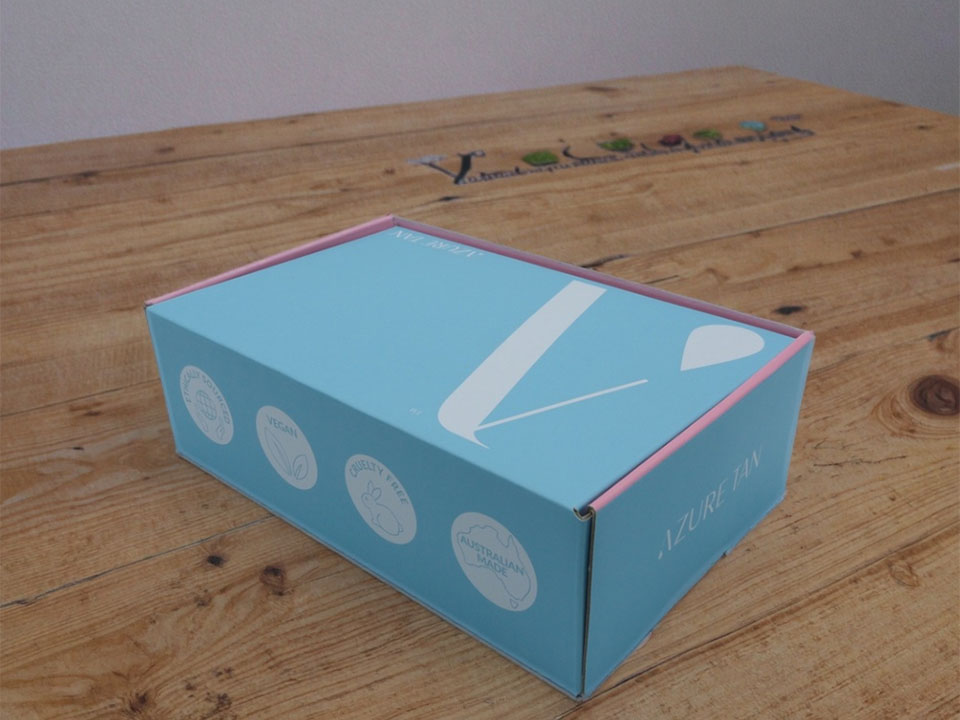
Matières de qualité alimentaire
Le carton à lui seul n'est pas suffisant...contact Les couches, les encres et les adhésifs doivent être choisis en fonction des environnements alimentaires. Le résultat doit être sans migration, à faible odeur et conforme aux attentes de votre marché en matière de contact alimentaire. De nombreuses marques associent un dorsal à contact alimentaire direct à un tube extérieur rigide pour la solidité de l'empilement et la qualité d'impression.
Si vous utilisez d'abord le sachet (pour une barrière plus élevée) et ensuite le tube (pour la structure), assurez-vous que le sachet se déchire proprement et que le tube porte clairement la mention “Peel. Verser. Refermer”. Un peu de micro-copie ne fait pas de mal.
Un design qui fait vendre
- Hiérarchie : Nom du produit, forme de dosage, indications de service - lisibles d'un coup d'œil rapide.
- CMF (couleur, matériau, finition) : Le kraft et l'encre blanche sont des signaux écologiques intemporels ; ajoutez une touche de douceur ou un minuscule badge en aluminium là où c'est nécessaire. gagne attention.
- Les fenêtres, à bon escient : Une petite révélation peut renforcer la confiance dans les comprimés ou les gommes, mais protège de la lumière en cas de sensibilité.
- Éditions limitées : Les tubes brillent pour les packs saisonniers ou les packs d'échantillonnage ; essayez tubes ronds pour produits à mâcher pour visualiser les formats gomme ou pastille.
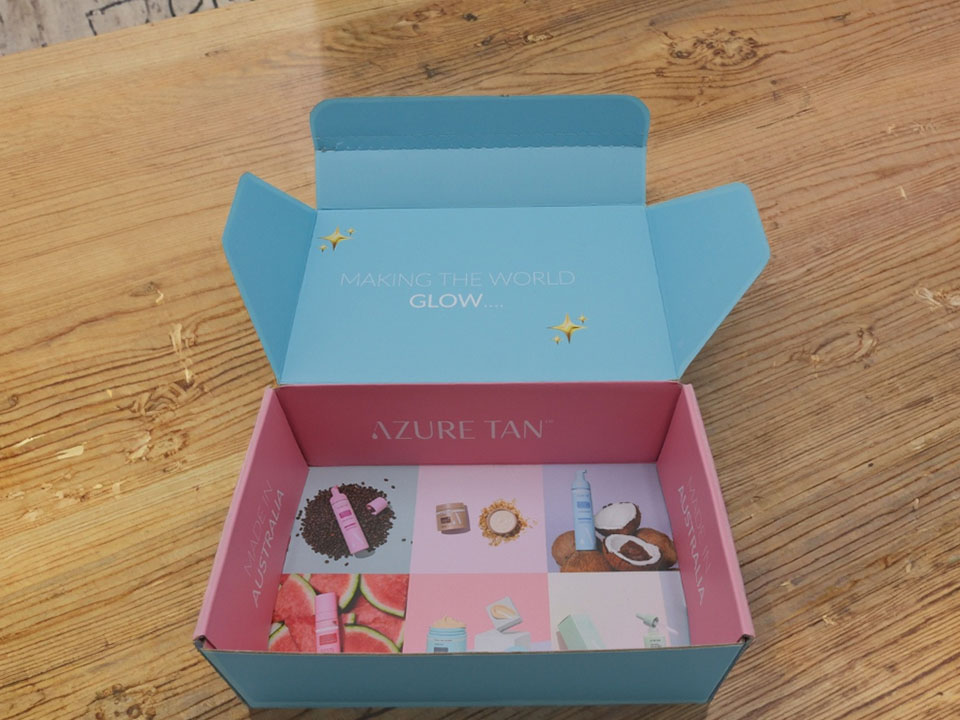
Opérations : passer de la ligne de démarcation à la porte sans encombre
- Chaque millimètre est bien dimensionné : S'adapter à la réel le poids de remplissage et l'écope. Les tubes surdimensionnés expédient de l'air ; les tubes sous-dimensionnés écrasent les bords.
- Étiqueter les voies et les zones de traitement par lots : Réservez des zones propres pour le lot/date, les panels nutritionnels et les QR (comment faire + authenticité).
- Les sorties d'expédition : Associez les cylindres à des enveloppes bien fermées pour que vos magnifiques tubes arrivent prêts à être photographiés ; voir boîtes en carton ondulé imprimées de maintenir la voix de la marque tout au long de la chaîne d'approvisionnement.
- Test de ligne : Effectuez un mini remplissage pour vérifier l'empoussièrement, l'électricité statique et l'adhérence de l'étiquette sur les surfaces incurvées. Ajustez le vernis si nécessaire.
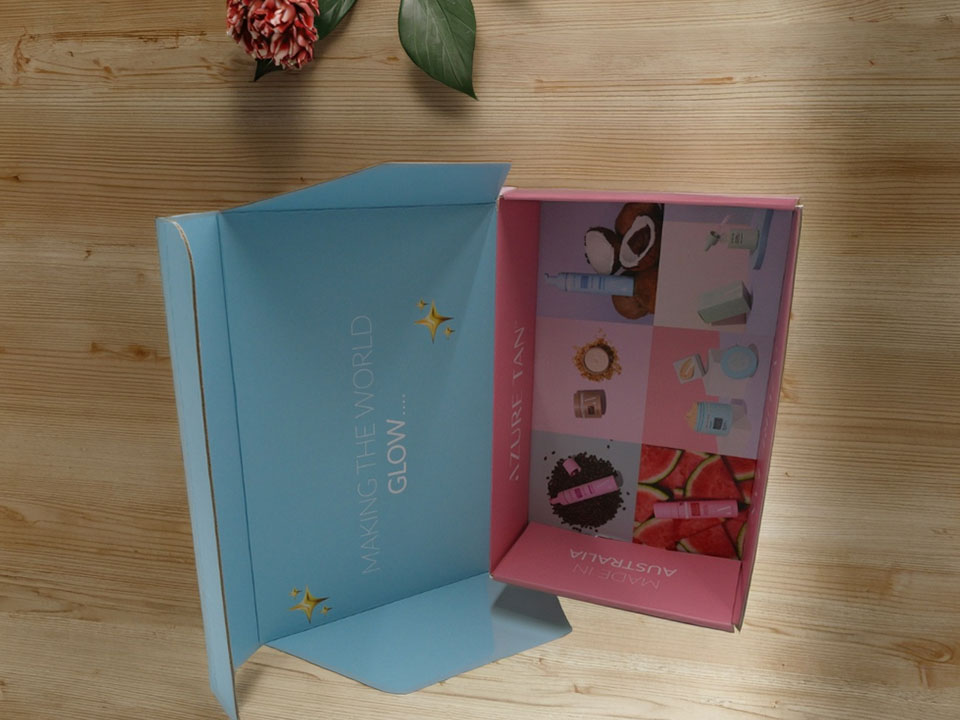
Pièges courants
- Trop de couches : Le pelliculage excessif nuit à la recyclabilité et n'apporte pas toujours de valeur ajoutée.
- Caractéristiques d'inviolabilité précaires : Si le sceau se déchire, les consommateurs ne feront pas confiance à la première ouverture.
- Type minuscule : Les acheteurs de bien-être lisent. Faites en sorte qu'il soit lisible sous un éclairage réel, avec de vraies mains.
- Des matériaux mélangés que l'on ne peut pas séparer : Si un ruban ou un aimant est utilisé, montrez comment l'enlever pour le recycler.
Choix rapide : associez votre supplément à un style de tube
- Poudres fines (légumes verts, collagène) : Tube avec une doublure à haute barrière, un insert pour la cuillère et une notice explicative claire sur la façon de refermer le tube.“
- Comprimés/capsules : Tube de diamètre moyen avec couvercle à bouchon ; petite fenêtre en option ; déshydratant si nécessaire.
- Gommes à mâcher : Kraft extérieur + pochette intérieure + tube rigide ; considérer format du tube à bonbons pour des lignes ludiques.
- Gouttes liquides : Compte-gouttes en verre primaire + cylindre de protection comme le flacon compte-gouttes cylindre.
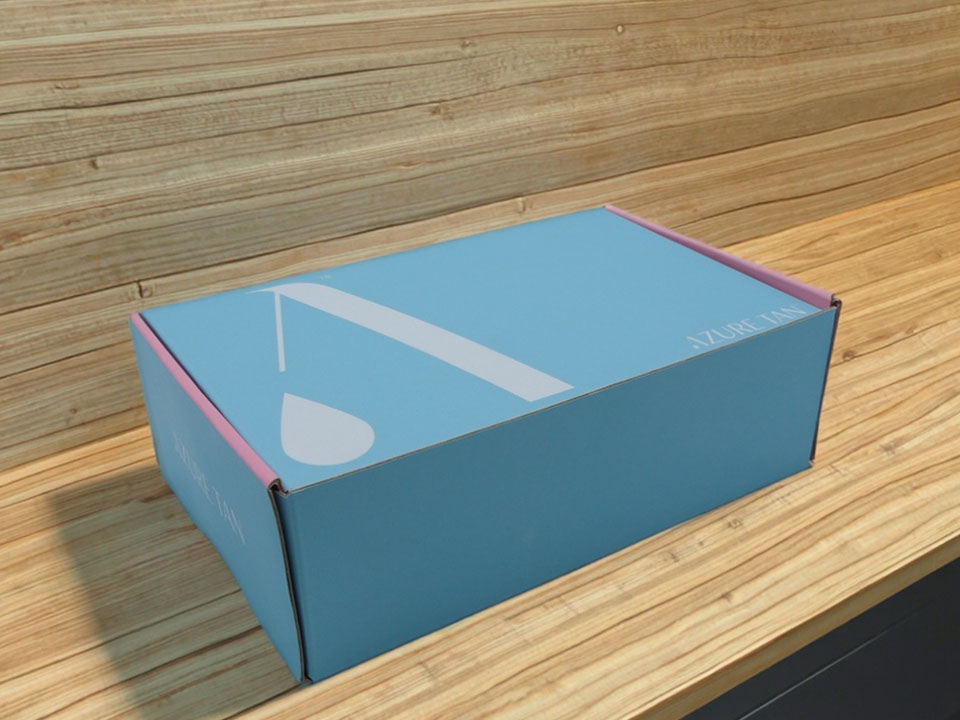
L'avenir : plus intelligent, plus gentil, plus modulaire
Il faut s'attendre à davantage de QR pour les routines et la vérification des lots, à davantage de constructions mono-matériau pour le recyclage dans le monde réel, et à des programmes de recharge où un tube extérieur durable accueille des sachets remplaçables. Si vous êtes novice en matière de tubes, commencez par références de tubes de qualité alimentaire, tubes de grué de cacao, et tubes à café à valve pour voir les idées de barrière et de fraîcheur que vous pouvez adapter aux suppléments - puis comparez les options à travers le monde. emballage de tubes en papier et l'ensemble des produits bibliothèque.
Principaux enseignements
- Les tubes en papier gagnent parce qu'ils sont planet-kinder, marque forte, et prêt pour les opérations.
- Construisez votre stratégie de barrière autour de votre format et sensibilité.
- La conception doit rester honnête : hiérarchie claire, stratification minimale, démontage facile.
- Testez sur de vraies lignes et de vraies mains ; la micro-copie et l'ajustement vous éviteront des maux de tête plus tard.
Prêt à rédiger votre liste de cylindres ? Commencez par l'amicale page d'accueil et tirer des exemples de tubes alimentaires, tubes kraft aux pépites de cacao, cylindres à thé, cylindres compte-gouttes, tubes à valve d'air, et les sorties en carton ondulé d'esquisser un système qui se sente humain et qui voyage solidement.






